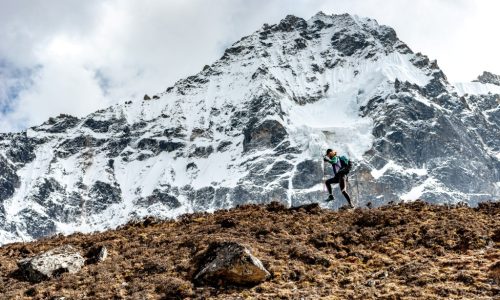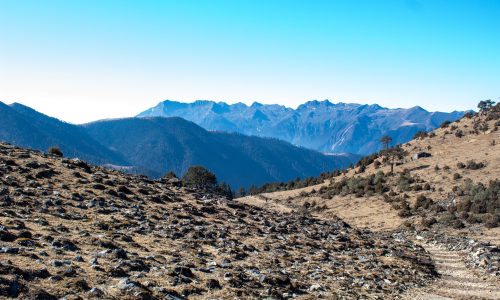West at its Best(5N/6D)
West at its Best

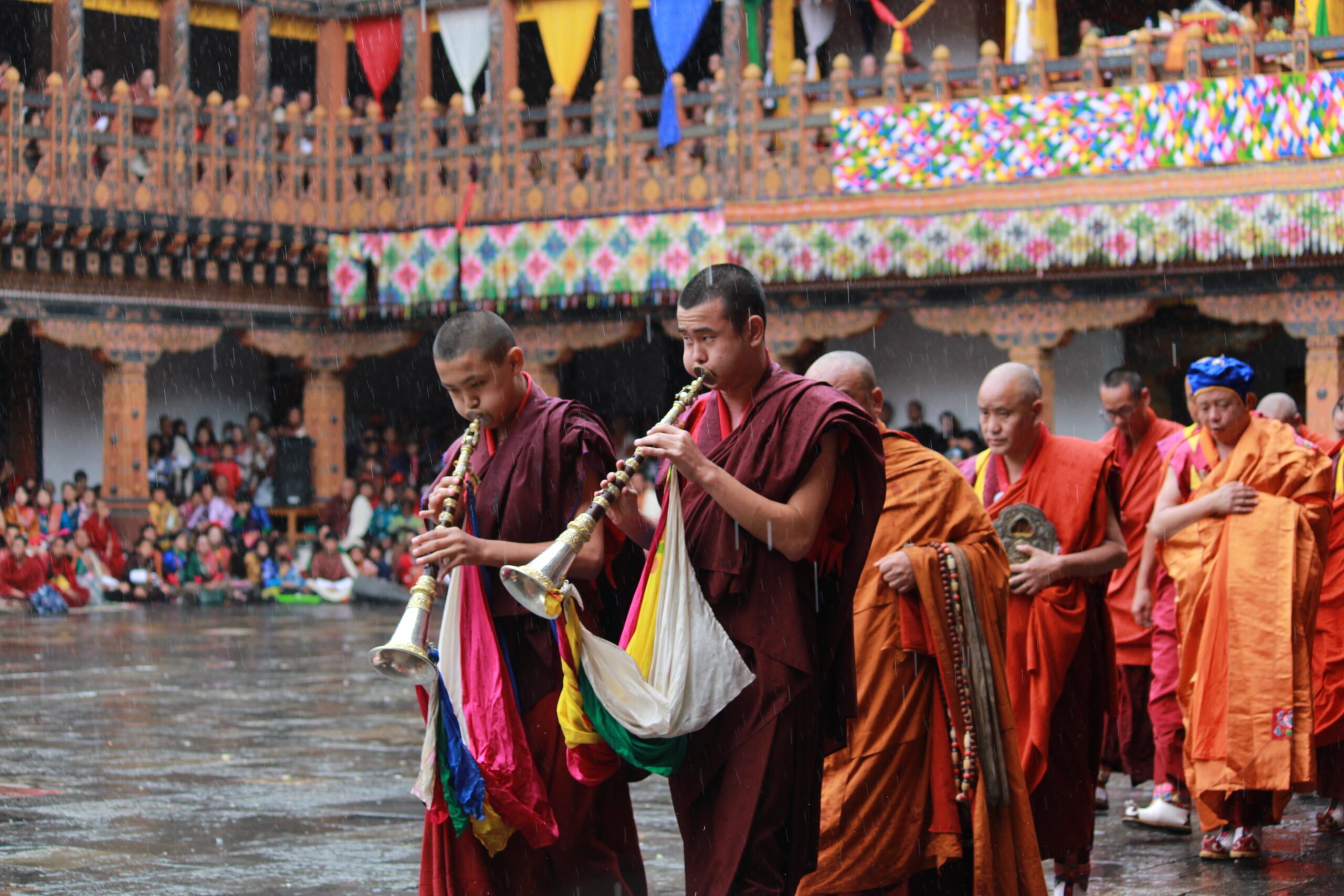
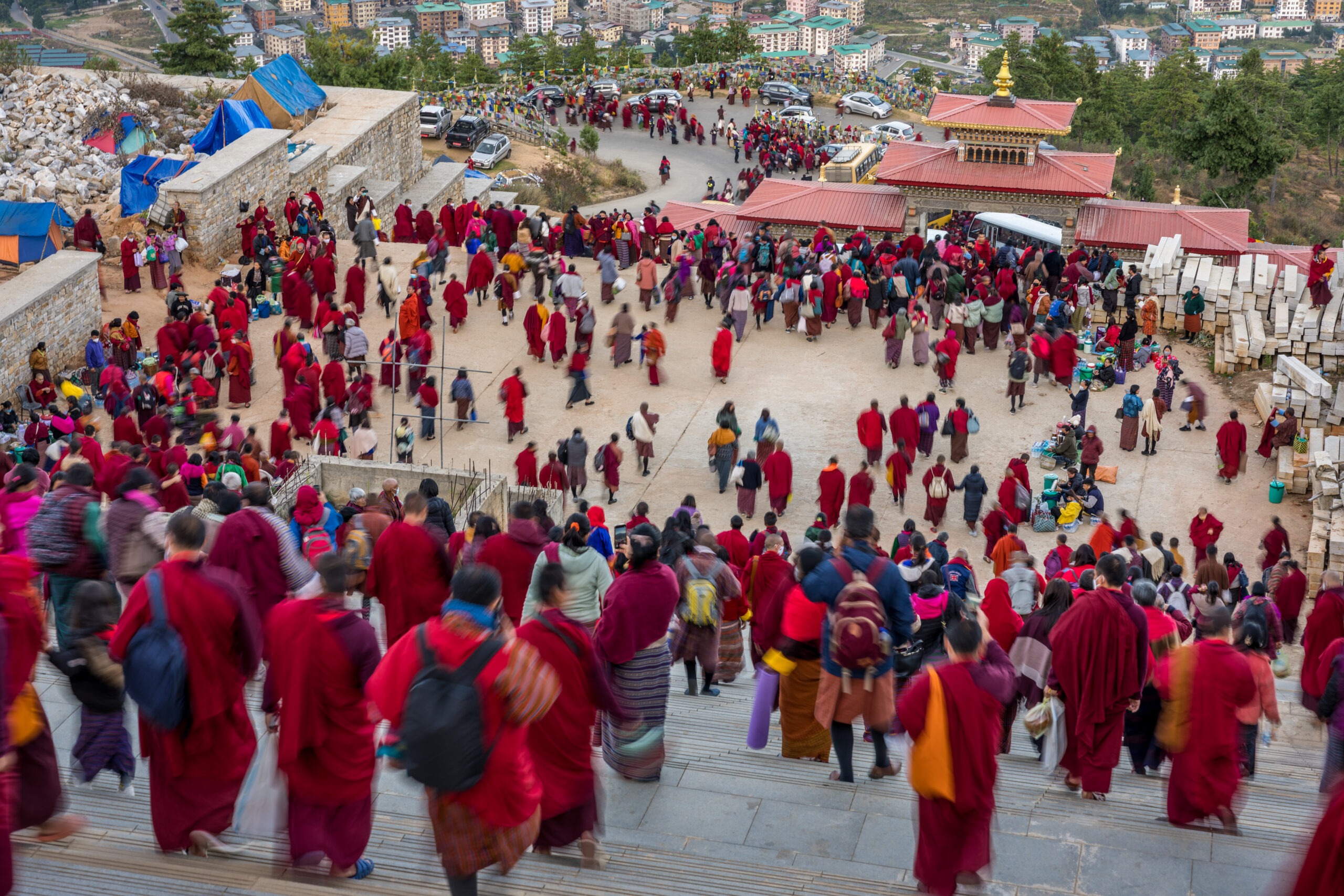
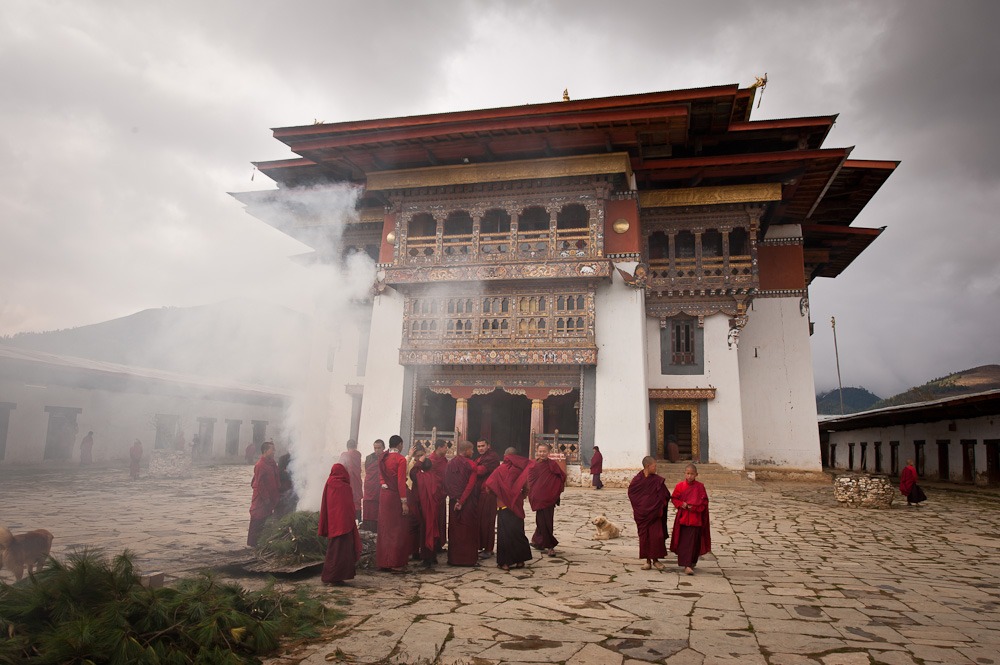
Tour Overview
The Western Bhutan tour is a journey through stunning landscapes, rich culture, and historic landmarks, exploring the picturesque valleys of Paro, the vibrant city of Thimphu, and the breathtaking Punakha Valley. This tour offers a unique blend of natural beauty, cultural heritage, and spiritual significance, allowing visitors to immerse in Bhutan’s vibrant culture. From the majestic Himalayan mountains to the serene valleys and rivers, the Western Bhutan tour is an unforgettable adventure that showcases the country’s untouched beauty, unique traditions, and harmonious way of life, leaving visitors with lifelong memories of this incredible destination.
- Duration : 05 Days
- Main Attractions : Buddha Dordenma Statue, CSI Market, Paro Taktshang (Tiger’s Nest Monastery), Punakha Dzong
Day 1 : Arrive Paro and drive to Thimphu
Once you land at Paro International airport, you will be greeted by our representative. Thimpu is located 50 km far from Paro. Driving through the Paro Valley, you will arrive at the meeting point of Paro and Thimpu Rivers at Chuzom. Passing along scenic chortens, we will follow the tapered section to Simtokha Dzong and reach Thimpu where we will stay overnight.
Day 2 : Thimphu sightseeing and drive to Punakha
We will visit National Library in Thimpu. We will also visit Painting School and Handicraft Emporium where we can buy souvenir items for our near ones. We will hike to Tango Monastery and Tashichho Dzong and head east to cross Dochula Pass (3150m) afterwards which we will reach Punakha- the old winter capital of Bhutan. The top of Dochula Pass allows unobstructed views of Eastern Himalaya including Gangkar Punsum (7550m) which is the highest Mountain of Bhutan. We will lower down through forest to Punakha valley
Day 3 :Punakha sightseeing and drive to Wangdue phodrang
We will start our tour in Punakha by visiting Punakha Dzong. We need to cross the suspension bridge to reach this holy site. Situated in between two rivers of Pho Chu and Mo Chu, Punakha fortress is known for its most detailed temple in Bhutan which was founded in 1637 by Shabdrung Ngawang Namgyal. Punakha is used as the winter residence by Je- Khenpo. Our next stop will be at Khamsum Yuley Lakhang or Chimi Lakhang temple- the fertility temple. After the tour, we will drive to Wangdue Phodrang
Day 4 : Wangdue phodrang – Thimphu- Paro
Wangdue Phodrang is located 135km far from Paro. Early in the morning, we will start Wangduephodrang sightseeing tour by visiting Wangdue Phodrang Dzong (fort) which was established in 1638 at the meeting point of Mo Chu River and Tang Chu River. We will cross Pelela Pass (3250 m) to visit Chendebji Monastery. We will leave Wangdeu Phodrang and drive for three hours to reach Paro via Thimpu.
Day 5 : Paro Sightseeing and hike up to Taktsang monastery
We will take brief hike to Taktsang which is popular as a Tiger’s Nest Monastery. The site is sacred to Bhutanese. According to the popular belief, Guru Rinpoche flew to Bhutan from Tibet on the back of Tiger in 8th century and chose this spot for meditation. This Monastery exists in the rocky cliffs that towers to 900m above Paro Valley. 2 hrs of moderately challenging hike will take us to the Monastery. We will also visit the ruins of Drukgyel Dzong. This fort celebrates the victory of Bhutanese over raiding Tibetans. The fort offers stunning view of Chomolhari Mountain on a clear day. We will return to the hotel where we will stay overnight.
Day 6 : Depart Bhutan
Our representative will arrange for private vehicle to take you to Paro Airport little earlier than your scheduled flight from where you will board a plane for your onward destination. We hope to see you again.
What's Included in Package
✅Accommodation
✅Meals
✅Transportation
✅Tourist Guide
✅Fees & Permits
✅Adventure Equipment’s
✅Camp Assistances
✅All services and Assistance
What's not Included in Package
Contact details
Bhutan Pilgrimage Tour
Bhutan Pilgrimage Tour Home Tour Overview This tour is tailored to those interested in Buddhism & pilgrimage. The it
Discover Bhutan Tour
Discover Bhutan Tour Home Tour Overview Bhutan is Asia’s best-kept secret. Overshadowed and nestled between China and
Mystical Bhutan Tour
Mystical Bhutan Tour Home Tour Overview This tour in Bhutan will take you to see the part of eastern Bhutan, besides Cen
West at its Best(5N/6D)
West at its Best Home Tour Overview The Western Bhutan tour is a journey through stunning landscapes, rich culture, and
West at its Best(5N/6D) Read More »




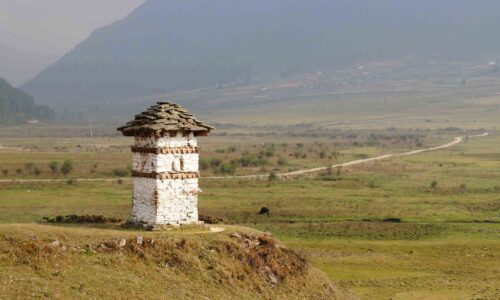

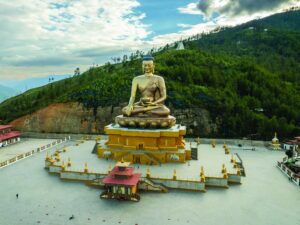 The Dordenma Buddha is a colossal statue measuring 51 meters high, built of bronze covered in gold plating. It sits atop the ridgeline that divides the city into the upper Thimphu valley (where the population is concentrated) and the more rural lower valley, which extends southward toward the confluence of the Paro and Thimphu Chhu rivers.
The Dordenma Buddha is a colossal statue measuring 51 meters high, built of bronze covered in gold plating. It sits atop the ridgeline that divides the city into the upper Thimphu valley (where the population is concentrated) and the more rural lower valley, which extends southward toward the confluence of the Paro and Thimphu Chhu rivers. unakha Dzong is arguably the most beautiful dzong in the country, especially in spring when the lilac-colored jacaranda trees bring a lush sensuality to the dzong’s characteristically towering whitewashed walls. This dzong was the second to be built in Bhutan and it served as the capital and seat of government until the mid-1950s. All of Bhutan’s kings have been crowned here.
unakha Dzong is arguably the most beautiful dzong in the country, especially in spring when the lilac-colored jacaranda trees bring a lush sensuality to the dzong’s characteristically towering whitewashed walls. This dzong was the second to be built in Bhutan and it served as the capital and seat of government until the mid-1950s. All of Bhutan’s kings have been crowned here.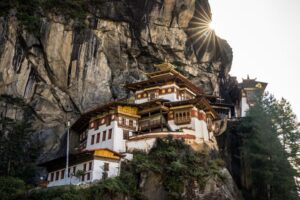
 The Dochula pass is the most well known pass in Bhutan, located an hour from Thimphu at an altitude of 10,000 feet. It is on the way to Punakha (also a favorite destination among tourists and locals alike). There are 108 stupas overlooking the Himalayas. When the sky is clear, the Mountain View is spectacular. The pass is a popular destination among tourists as it offers a stunning 360 degree panoramic view of the Himalayan mountain range. Dochula Pass—a beautiful mountain pass, which is about 20 km from Thimphu is a concentration of 108 memorial stupas known as “Druk Wangyal Chortens.” It’s not just a place of historical and religious importance, but also a popular tourist attraction that any traveler would want to witness on their journey through Bhutan. The best time to visit Dochula Pass, Bhutan is from September to February for picturesque and closer views of the snow-laden Himalayas.
The Dochula pass is the most well known pass in Bhutan, located an hour from Thimphu at an altitude of 10,000 feet. It is on the way to Punakha (also a favorite destination among tourists and locals alike). There are 108 stupas overlooking the Himalayas. When the sky is clear, the Mountain View is spectacular. The pass is a popular destination among tourists as it offers a stunning 360 degree panoramic view of the Himalayan mountain range. Dochula Pass—a beautiful mountain pass, which is about 20 km from Thimphu is a concentration of 108 memorial stupas known as “Druk Wangyal Chortens.” It’s not just a place of historical and religious importance, but also a popular tourist attraction that any traveler would want to witness on their journey through Bhutan. The best time to visit Dochula Pass, Bhutan is from September to February for picturesque and closer views of the snow-laden Himalayas. 




